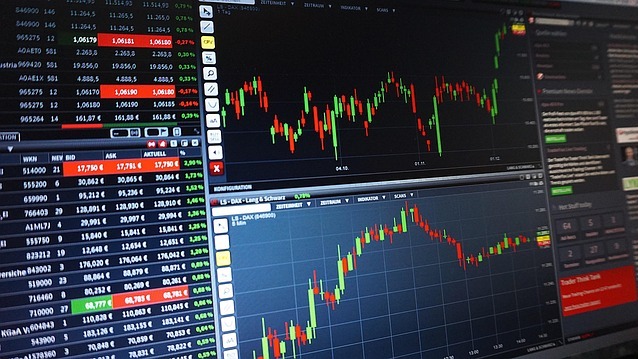
Key Stocks Influencing the Market Midday
As of midday on May 16, 2025, several stocks are making significant moves that could impact investor sentiment and broader market dynamics. Applied Materials (AMAT) has seen fluctuations that reflect ongoing challenges in the semiconductor sector, indicating a potential shift in global economic conditions. Meanwhile, Novo Nordisk (NVO) continues its upward trajectory following positive reports on its weight management drugs, aligning with trends in healthcare inflation response strategies.
The Market Pulse: Cava and Vistra
Cava Group Inc. (CAVA) is experiencing a surge, likely driven by increasing consumer interest in healthier dining options and a burgeoning market for fast-casual restaurants. Their expansion plans could hint at broader labor market trends favoring the restaurant industry, providing insights into workforce economics as more jobs become available in hospitality.
Vistra Corp (VST) is also on the radar as energy prices fluctuate due to varying supply chain economics. The impact of fiscal policy insights is evident as companies navigate the complex relationships between energy demand and policy regulations. This includes a focus on recession readiness amid potential economic downturns due to rising interest rates.
Listening to the Market's Signals
As investors, it's crucial to monitor these stock movements not just for immediate gains but also for the longer-term economic outlook. Understanding how these companies are responding to market disruptions and evolving labor market trends can provide strategic advantages. For CEOs and CFOs, keeping an eye on these shifts allows for better-informed decisions that consider broader economic implications.
What This Means for Strategic Growth
With the potential volatility in stocks like AMAT and NVO, understanding their implications within the macroeconomic framework is essential. It can guide strategic planning executives in navigating fiscal policies effectively and responding to inflation impacts with agile business strategies. As we unpack these trends, it's clear that economic leadership requires a keen eye on both stock performance and external forces that influence market stability.
 Add Row
Add Row  Add
Add 




Write A Comment